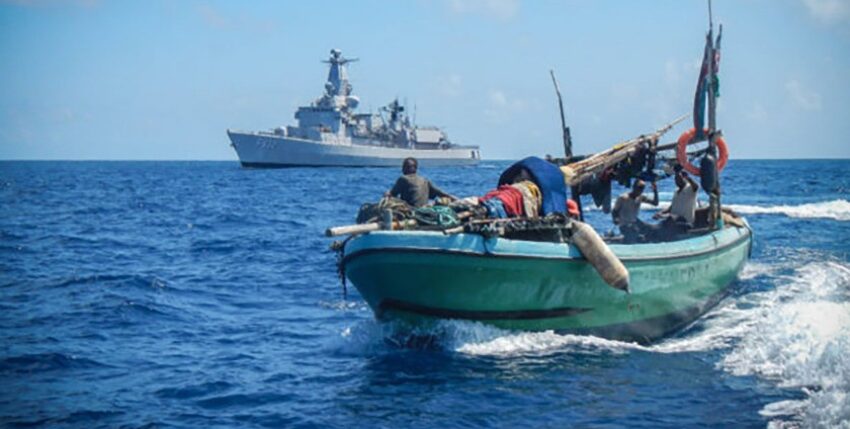Yemen conflict is a risk for seafarers
Piracy in the northern Indian Ocean has decreased over the last ten years. The greatest threat to seafarers is in the waters around Yemen, according to a new report. In Dryad Global's 2021/22 annual report, the maritime security company notes that since the end of 2012, incidents of piracy in the northern Indian Ocean have gradually given way to complex geopolitical developments.
Traditionally, the area has been plagued by piracy, which is now almost negligible. One of the most striking features of maritime security in 2021 has been the apparent sense of powerlessness of commercial operators in the face of asymmetric and state-sponsored threats. The shift from old to new enemies has led to an uncomfortable new reality in which commercial operators have limited options to evade these threats.
Measures such as the embarkation of armed security personnel - successful against Somali pirates - have been of little help in the face of evolving threats. With the reduction of the High Risk Area (HRA) in the Indian Ocean in 2021 and a further reduction expected in 2022, it is clear that the traditional picture of threat and risk in the Indian Ocean is changing. Commercial operators are increasingly seeing the need to remove risk premiums, as there has been little risk for several years. As a result, the shipping industry has often dispensed with armed guards. While piracy activity off Somalia essentially ceased in 2021, Dryad reports that six incidents were recorded last year in the Gulf of Aden and the Strait of Bab al Mandab. All were recorded as suspicious approaches, which is significantly fewer than the 13 incidents in 2020, which included three incidents that could be categorised as attacks.
The new threat in the Lower Red Sea and the Gulf of Aden are attacks with state involvement and state backing. Despite fewer incidents in 2021, the Lower Red Sea remains an area where the threat is most complex and severe, e.g. from Iran-backed Houthi rebels.
In the past, the Houthi rebels have been known to use various methods to resist Saudi forces in the area. These have included boarding and detaining ships deployed in support of the Saudi coalition, as well as the use of remote-controlled improvised explosive devices and anti-ship missiles. In addition, several groups are known to have laid a number of sea mines throughout the coastal area. The Houthi rebels have proven that they are capable of using drones to attack targets from long distances. The Saudi harbours on the Red Sea are considered to be particularly vulnerable to attacks.
Sources: Martin, defence web










